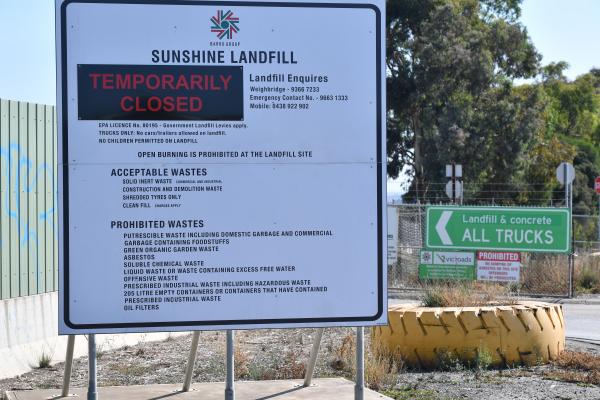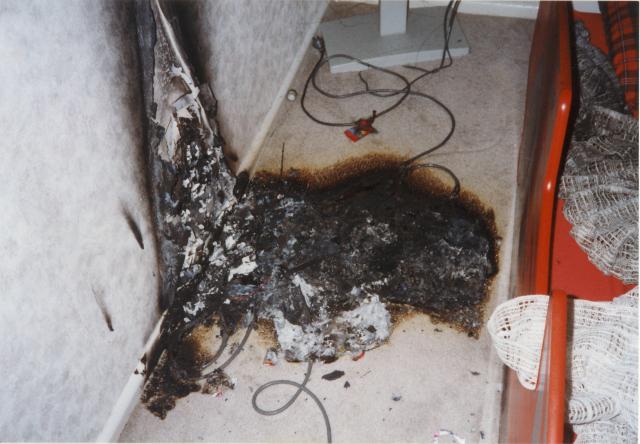Kealba residents have slammed the Environmental Protection Authority’s (EPA) report into the Kealba landfill hotspot fires.
The recently released EPA report into the effects of the hotspots, which was requested by St Albans MP Natalie Natalie Suleyman in December, said the hotspots were likely to be a result of oxygen which had ingressed into the landfill due to the design of the cells within the former quarry, combusting with old, decomposed waste.
The report said the risk of impacts to human health from air emissions released by the hotspots has been found to be low, based on air quality monitoring.
The EPA held an online community meeting last Monday to explain the report.
Many residents have complained that the meeting was a waste of time, with the EPA not answering their questions nor providing any further information.
Kealba resident Colin Pham sent an email to the EPA, Brimbank council and MPs following the meeting, saying he felt some of the report was “misleading”.
In the email, seen by Star Weekly, Mr Pham said the report omits air quality monitoring data.
“The significance of poor air quality and adverse health outcomes due to PM2.5 [fine particulate matter] cannot be overlooked,” the email said.
“Given that the Kealba landfill has had four hotspots burning for a lengthy period, more data needs to be shown in relation to this measure.”
Mr Pham noted that the EPA measured PM2.5 levels by the National Environment Protection 24-hour standard, which the majority of levels measured were less than.
However, he feels the EPA failed to consider the annual standard.
“It is widely accepted that exposure to PM2.5 at any concentration for any duration will result in adverse health outcomes,” he wrote.
“There is a clear trend over time that demonstrates an increase in PM2.5 concentration. I would like to request that EPA publishes an amended report with the annual average. All of the data for all samplings events should be included.”
Mr Pham said the EPA needs to take into consideration the harm that has been caused to the nearby community.
“EPA Victoria’s assertion that they have found no issues of concern for long term community health is not valid,” he said.
“Data relating to community reports of ill health should be paired with PM2.5 reading to draw evidence-based conclusions about the health risks associated with the Kealba landfill, rather than dismissing community health concerns as psychosomatic.”
he safety and wellbeing of residents living near the Kealba Landfill site is a priority for the Environment Protection Authority Victoria (EPA), as is keeping them informed about the clean-up of the landfill site and the monitoring of health risks.
An EPA spokesperson said the authority had worked extensively with experts on this issue and we stood by the facts and figures produced in the report.
“EPA understands the concerns of the Kealba community and we are working hard to ensure the operators clean-up the Kealba Landfill site as quickly as possible, and that it is also done safely,” the spokesperson said.







